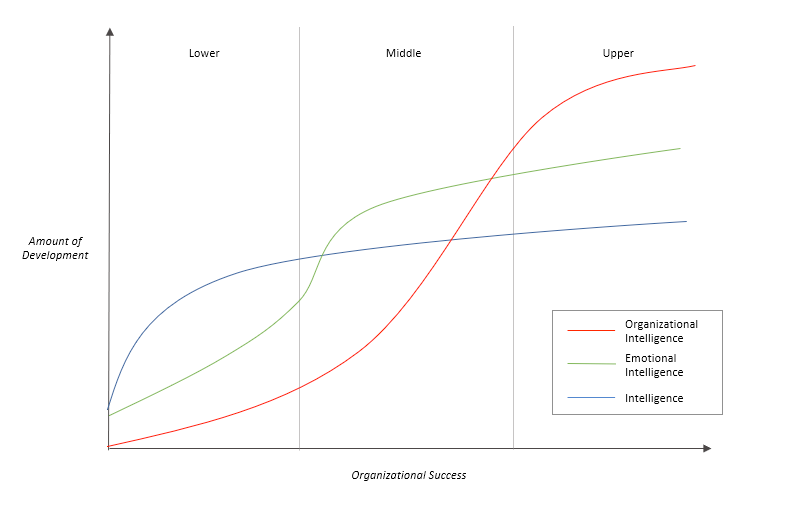Understanding Impact vs. Intent: Navigating the Nuances of Effective Communication
- Derek Knudsen

- Apr 5
- 3 min read
Updated: Apr 6
"The single biggest problem in communication is the illusion that it has taken place." - George Bernard Shaw
In our daily interactions, whether with clients or with our own teams, the delicate balance between intent and impact frequently emerges as a central challenge. Intent involves the motives and expectations behind our actions, while impact refers to the actual effects these actions have on others. For someone like me who prioritizes transparency, I can often find myself in situations where the message received wasn't the one intended. Through personal pain I have thoroughly discovered that successfully bridging this gap is crucial for effective communication and building strong relationships, so wanted to share some techniques that we/I use to ensure these are better aligned.
The Complexity of Intent vs Impact
Intent is deeply rooted in personal motivations and shaped by our individual experiences, values, and cultural backgrounds. Often invisible to others, intent represents our internal drive and purpose behind each action or statement. In contrast, impact is the external outcome, the tangible effect our actions have on others, which can significantly differ from our original intentions.

The psychology behind this disparity involves several layers. According to the theory of Attribution Error, individuals tend to attribute their own actions to their intentions and others' actions to their character. This can lead to misunderstandings when there is a significant gap between intent and perceived impact. Further complicating this dynamic, research from the Harvard Business Review highlights how leaders often overestimate how clearly they communicate their intentions, assuming that their positive intentions are understood and appreciated by others. However, the impact can often be misinterpreted due to a variety of factors including the receiver's current emotional state, expectations, or even past experiences, which may skew their perception.
Adding to this, a study in the Journal of Personality and Social Psychology reveals that while we judge ourselves based on our intentions, we are more likely to judge others based on the impact of their actions. This fundamental difference in judgement can lead to significant interpersonal conflicts and misunderstandings. For example, a manager might deliver what they consider constructive feedback with the intention of helping an employee improve, but if the employee perceives this as undue criticism, the impact can lead to decreased morale and productivity, thereby straining the relationship.
Leading companies like Google and Microsoft invest in training programs that focus on emotional intelligence and effective communication to align leaders' intentions with their impacts. These programs emphasize empathy, precise language, and context awareness—showing that the right communication strategies can significantly enhance team cohesion and performance.
Approaches to Aligning Intent with Impact
Understanding the psychological underpinnings of intent versus impact involves recognizing that each individual's frame of reference—their personal biases, current stress levels, past experiences, and even their mood at the time—can significantly affect how a message is received. This is why it is crucial to:
Approach Misunderstandings with Curiosity: When a communication doesn’t sound right, adopt a perspective of curiosity rather than judgment. This encourages open inquiry into the intentions behind the actions or words, promoting understanding and mitigating defensive reactions.
Choose the Right Setting for Feedback: If you perceive that something you've said or done has had an unintended impact, provide feedback to the person involved, but choose an appropriate setting. Feedback should be constructive and private, where possible, to preserve dignity and encourage a positive resolution.
Discuss Impact vs. Intent with Your Team: Make it a practice to openly discuss the concepts of impact versus intent. Collaborate with your team to develop strategies on how to handle moments when intentions and impacts do not align, enhancing team cohesion and understanding.
Create Opportunities for Feedback: Encourage continuous dialogue about intent and impact within the team. Establish regular feedback sessions that not only allow for reflection on past interactions but also foster proactive discussions on potential misunderstandings. This ongoing conversation can build a culture of transparency and mutual respect.
Mastering Communication by Bridging the Intent-Impact Gap
Mastering the nuances between intent and impact is fundamental to leadership and interpersonal relationships. By implementing strategies that promote clear and empathetic communication, we ensure that our intentions lead to positive impacts, resonating effectively with those around us. This not only improves relationships but also enhances personal and organizational effectiveness. Best of luck!





Comments